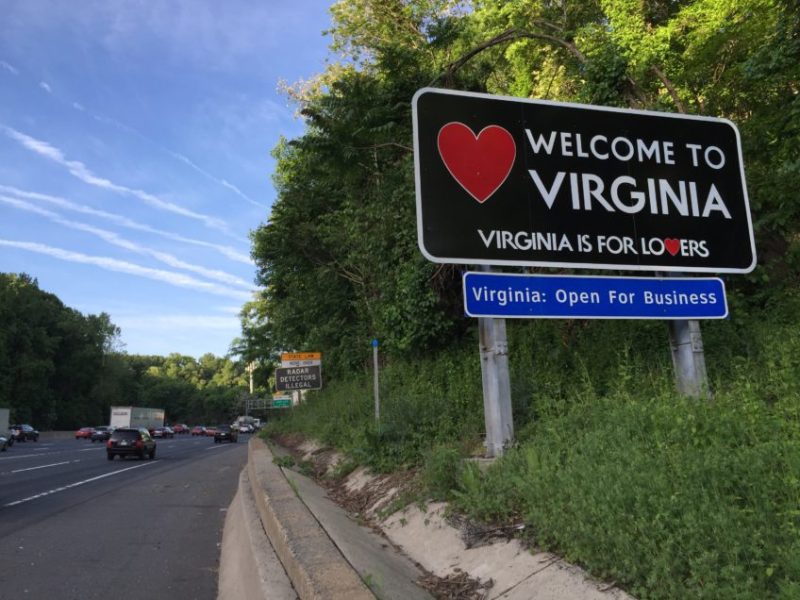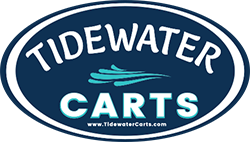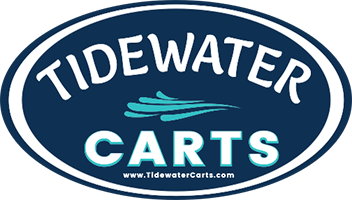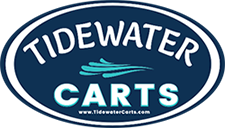What is the Difference Between a Golf Cart and LSV?
There are significant differences between a low speed vehicle, also known a s an LSV and a golf cart.
s an LSV and a golf cart.
An LSV is categorized as a vehicle with four wheels that can reach maximum speeds between 20 and 25 miles per hour on level surfaces. It also handles a total weight (cargo, passengers, etc.) of 3,000 pounds.
A golf cart is designed for use on a golf course and only reaches a maximum speed of 20 miles per hour. These carts lack the common features that are found in vehicles normally driven in neighborhoods.
Price is a huge variance as well, as normal carts typically cost a few thousand dollars less than low speed vehicles.
The Department of Motor Vehicles and the Department of Transportation have specific guidelines in place for granting approval for an LSV.
A low speed vehicle must comply with federal laws and regulations concerning performance as well as safety. Carts do not have to follow these regulations. Also, an LSV in Virginia must always have a slow-moving vehicle emblem visible.
What Are the Specific Virginia Golf Cart Laws?
In the state of Virginia, an individual must be 16 years old and have a valid driver’s license with them in order to operate a cart.
They can be driven between sunrise and sunset, but no operation at night.
Drinking while driving is a dangerous, illegal activity and this is still true when driving a golf cart. In fact, drivers can even get a DUI in certain situations.
There are significant dangers associated with underage drivers.
Children have the highest risk of injuries involving golf cart related accidents. Common causes include distracted driving, too many passengers, playing around while operating and making turns too quickly.
Liability after an accident can be quite serious. Determining fault in these situations will depend on several factors.
These range from who was driving to who owns the vehicle.
What Equipment is Needed for an LSV to be Considered Street Legal?
There is a list of very specific equipment and features that are needed to make a low speed vehicle legal for street use. These are:
- Headlights
- Brake lights
- Turn Signals
- Parking Brake
- Seat Belts
- Windshield
- Rearview Mirror
- Red Reflex Reflectors (One on each side and one in the rear)
- VIN (Vehicle Identification Number)
An LSV driver must be 16 years old with a valid driver’s license and they cannot drive on roads where the speed limit exceeds 35 miles per hour.
Registration and proof of insurance are required to be in the vehicle. An LSV specific license plate must also be mounted and visible.
Just like any other vehicle, there cannot be any use of alcohol during operation.
For liability compliance, low speed vehicles must be registered and insured with Property Damage Liability Insurance as well as Personal Injury Protection.
What is Needed for the Department of Motor Vehicles to Register an LSV?
In order to gain registration, the vehicle must be titled in the state of Virginia.
It must also be covered by the minimum insurance requirements.
Individuals can consult with insurance agents for clarification.
Owners will need to complete an application for registration, either online, by mail or in person.
Virginia is extremely specific in establishing the laws and defining the differences between golf carts and low speed vehicles.
When considering purchasing one of these products, an individual should consider the area where the vehicle will be primarily driven, the overall cost of registration, insurance and other liability requirements.
These factors will help determine which option is truly best for the buyer.



